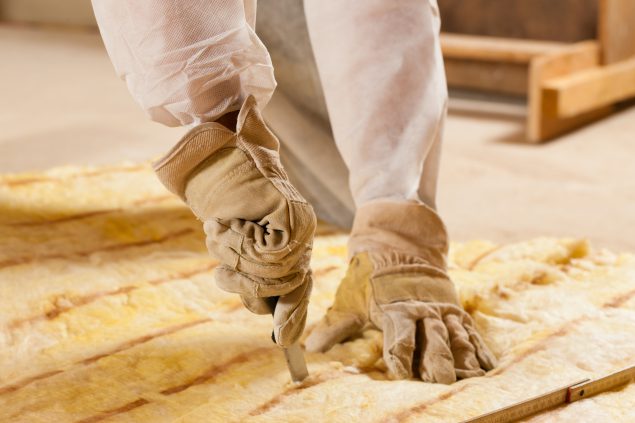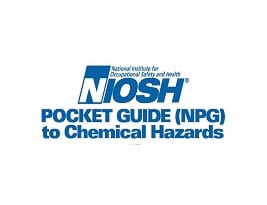Fibrous Glass

Overview
Fibrous glass is a synthetic fiber made from tiny particles of glass. It can harm the eyes, skin, and the lungs. Workers may be harmed from exposure to fibrous glass. The level of exposure depends upon the dose, duration, and work being done.
Fibrous glass is used in many industries. It is used in insulation, roofing shingles, ceiling tiles, textile and fiberglass manufacturing, and weather proofing. Some examples of workers at risk of being exposed to fibrous glass include the following:
- Workers who install fiberglass installation
- Factory workers involved in boat manufacturing
- Service workers who clean or install HVAC ductwork
- Construction workers who demolish buildings
NIOSH recommends that employers use Hierarchy of Controls to prevent injuries. If you work in an industry that uses fibrous glass, please read chemical labels and the accompanying Safety Data Sheets for hazard information. Visit NIOSH’s page on Managing Chemical Safety in the Workplace to learn more about controlling chemical workplace exposures.
The following resources provide information about occupational exposure to fibrous glass. Useful search terms for fibrous glass include “Fiber Glas®,” “fiberglass,” “glass fibers,” “synthetic vitreous fibers,” and “glass wool.”
NIOSH Chemical Resources
Related NIOSH Resources
- NIOSHTIC-2 search results on fibrous glass—NIOSHTIC-2 is a searchable database of worker safety and health publications, documents, grant reports, and journal articles supported in whole or in part by NIOSH.
- NIOSH Worker Health Study Summaries—NIOSH conducts research to prevent illnesses and injuries in the workplace. The NIOSH Worker Notification Program notifies workers and other stakeholders about the findings of these research studies.
Selected Publications
- NIOSH Criteria for a Recommended Standard: Occupational Exposure to Fibrous Glass—DHHS (NIOSH) No. 77-152. This report increases awareness and recommends work practices to reduce exposures.
- Asbestos and other fibers by PCM No. 7400—Sampling and measurement from NMAM, fourth edition
Related Resources
- ATSDR ToxFAQs for Synthetic Vitreous Fibers
- ATSDR Toxicological Profile for Synthetic Vitreous Fibers
- EPA Chemistry Dashboard: Fibrous Glassexternal icon
- IARC Monograph Vol. 81: Man-made Vitreous Fibresexternal icon
- NTP Report on Carcinogens, Fourteenth Edition: Glass Wool Fibersexternal icon and Final Background Documentexternal icon
- NLM Haz-Map: Fibrous Glassexternal icon
- OSHA Chemical Sampling: Fibrous Glass Dustexternal icon
- OSHA Hazard Communicationexternal icon
- OSHA Health and Safety Topic: Synthetic Mineral Fibersexternal icon
- New Jersey Hazardous Substance Fact Sheet: Fibrous Glassexternal icon
- Phelps Industry Blog: Fiberglass – Types, Properties, and Applications Across Industriesexternal icon
International Resources
- Canadian Centre for Occupational Health and Safety (CCOHS): Fibrous Glassexternal icon
- Canadian Centre for Occupational Health and Safety (CCOHS): Glass Woolexternal icon
- European Chemicals Agency (ECHA): Fibrous Glassexternal icon
- Gestis Substance Databaseexternal icon
- International Chemical Safety Card: Glass Fibresexternal icon and Glass Woolexternal icon
- OECD Global Portal to Information on Chemical Substancesexternal icon



